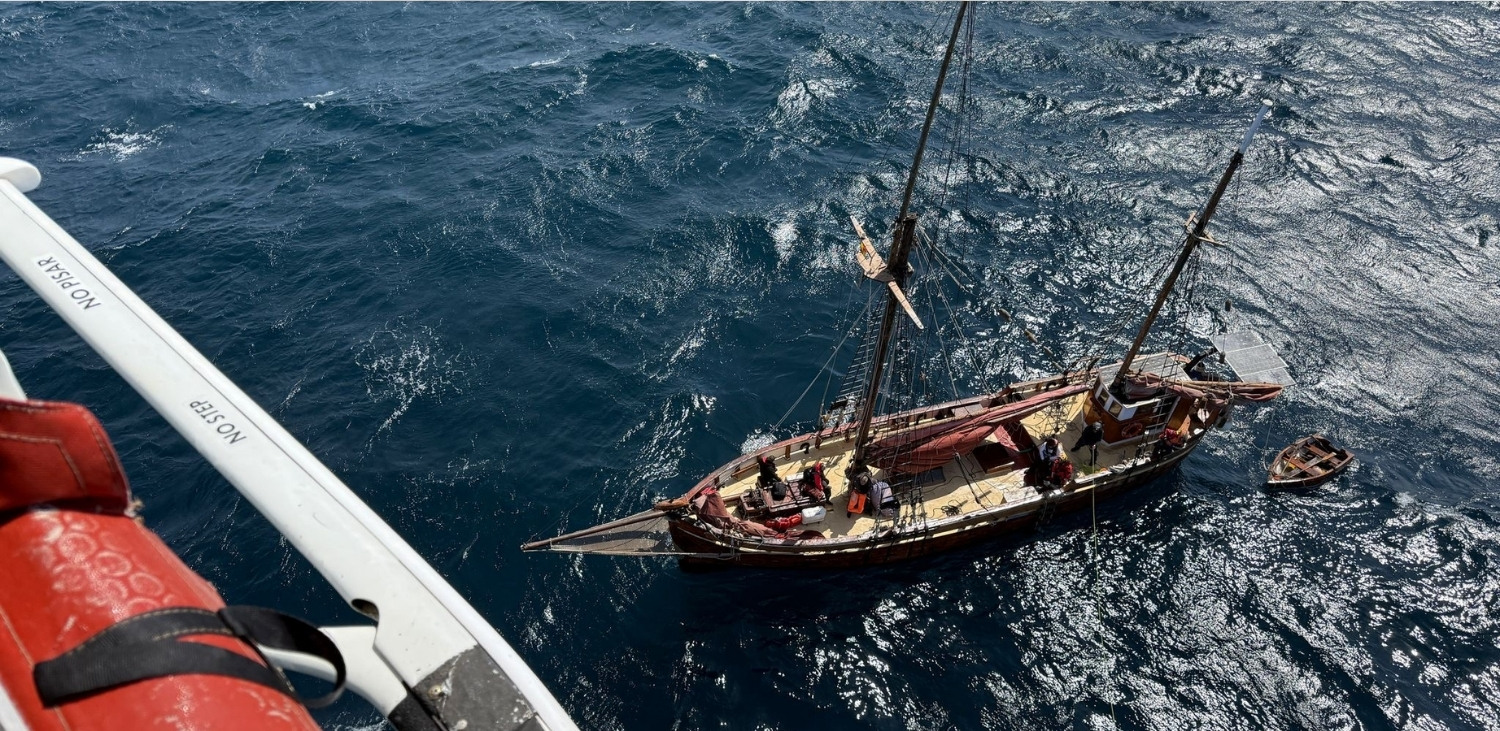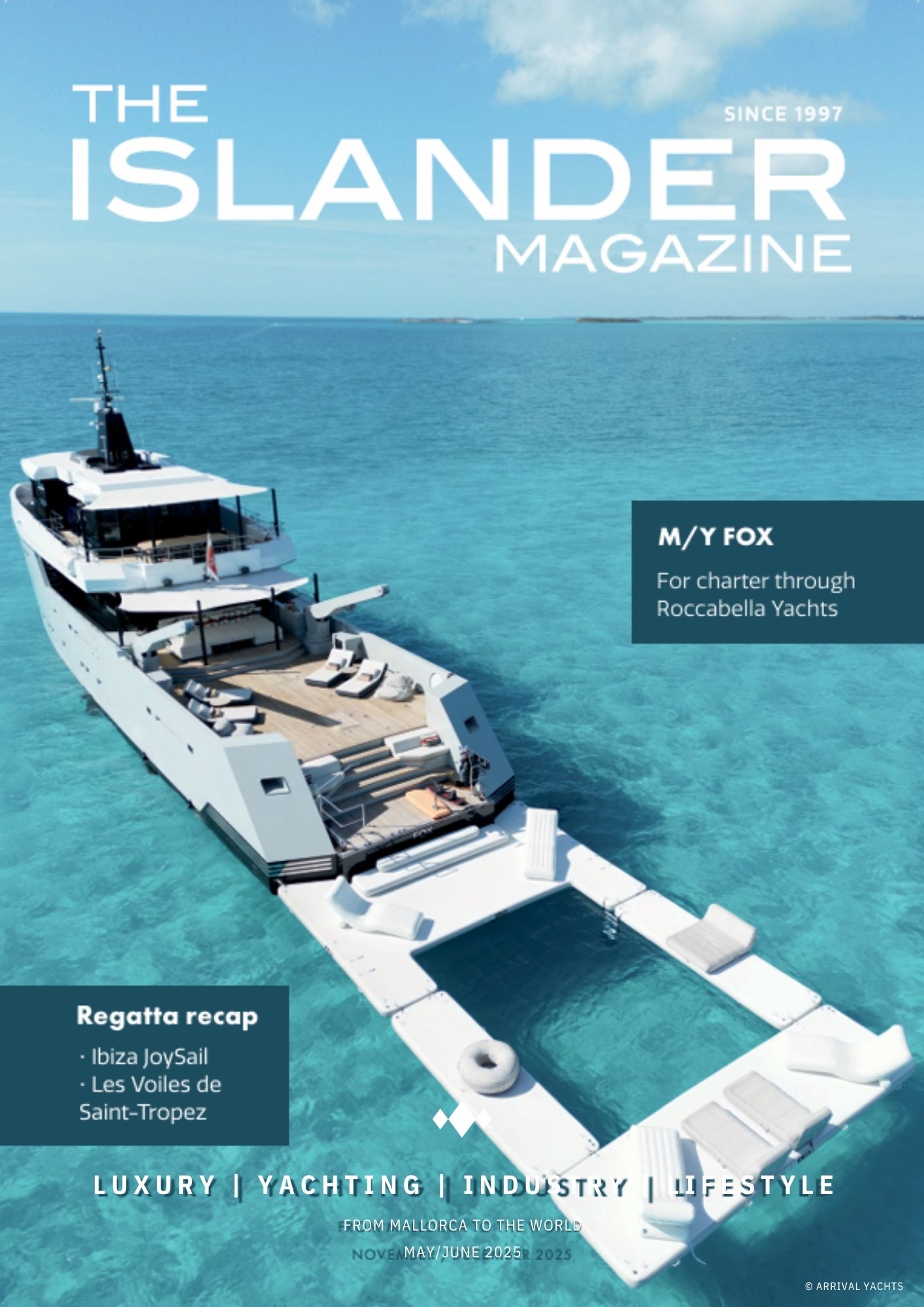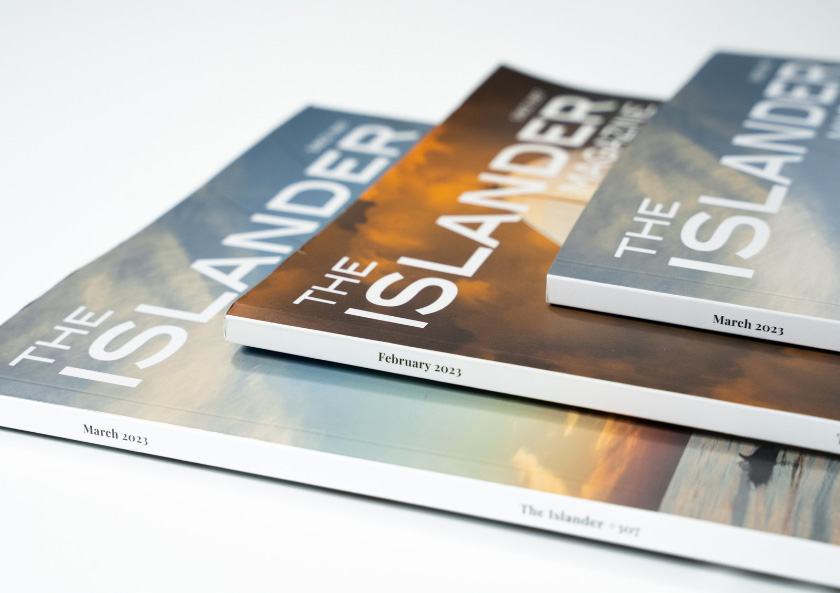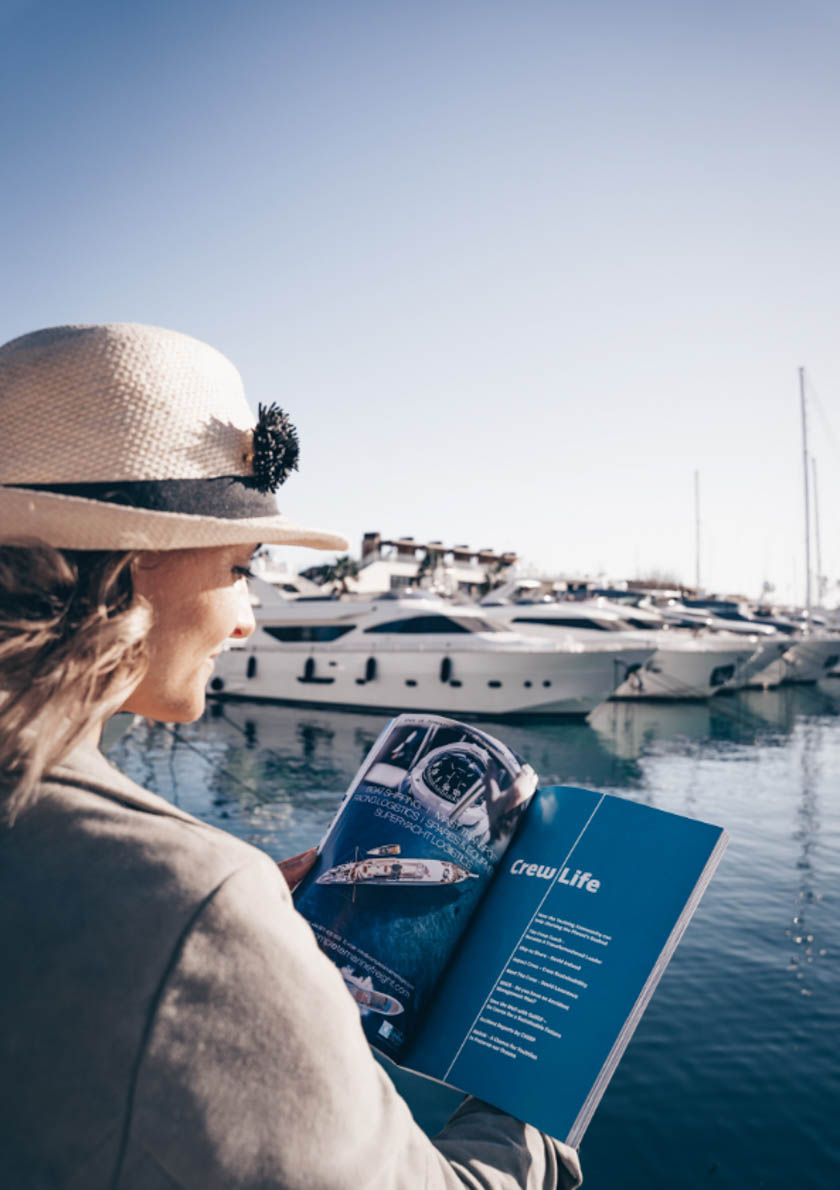After more than three decades sailing in the warm waters of the Mediterranean, and after 118 years of hard work, it seems that Toftevaag was not as happy as I was with the plan of handing her over to new owners and working for many more years in the freezing cold waters of Andöya.
She was looking amazing after the wintering and careening in Cudillero. She had her restored fisher wheelhouse, and all the wood was nourished and shiny. The last weeks had been hectic getting the running rig and sails back in working order, and on the 9th of April the crew was celebrating and looking ahead to a beautiful sail to Texel Island in the Netherlands. The forecast was perfect, with favourable winds and seas all the way.
At high tide we made it out of the beautiful port of Cudillero, hoisted the mainsail and staysail and set a course north into Biscay. Juan Ballesteros was at the wheel on the first watch. A bit before 0800 I got up on deck smelling fresh coffee. It was a beautiful sunrise. After breakfast with all hands on deck we hoisted the jibs, mizzen and topsail. Juan went down to rest and I took over the wheel. I’ve always admired how stable Toftevaag is under full sail in good conditions like this. We had a fresh F5 from the east and easy long swells. I hardly needed to move the wheel, just sitting back against the davits enjoying the sun and the beauty of 60 tons of Norwegian pine galloping her way through the waves at 6.5 – 7 knots (fast for an old working sailboat). I felt very happy and proud to see a dream coming true, taking Toftevaag back to her fjords.
In Norway many people were also excited about this moment. On the Island of Halsnöy, where Toftevaag was built in 1907, they were preparing a special welcoming celebration at the local Cultural Museum. Here at Halsnöy, Morten Hesthammer of the famous Hardanger Fartöyvern Museum was going to take over the Toftevaag and organise her sailing north to Andöya, where Terje Pedersen and Tiu Simila would to be her new owners. The contract had already been signed. Toftevaag was going to have her own dock in this mindblowing place, and I was going to be a shareholder for 95.000 euros. The plan was perfect. But this was Toftevaag’s “Journey to Ithaca”, and as such the real plans were not in our hands.
At 1030, some 35 miles into Biscay we felt the hull shake. Beat, who was resting in the focsle jumped from his bunk as he had felt the shock right at the bow. Juan checked down below and came up informing that quite a lot of water was coming in. More than normal. Wooden boats always take in some water during the first hours sailing with a list, so the pumps are always ready to work, but now we had to put two more pumps into action. It was a very frustrating situation. One moment I was feeling happy steering north with everything in its place, and suddenly a floating log had got in the way of our plans.
Quite a lot of water was coming in, so I first called up the coast guard to inform them of our situation. I was at the wheel, slowing down and stabilizing the Toftevaag and Juan was down below fighting with the pumps to make sure they were not getting clogged. The rest of the crew were calm and resting with their life jackets on. They were still trying to get their sea legs in the swells, so the best they could do was to stay calm and assist Juan only if necessary. Forty minutes later I had to make a decision. The pumps were not enough to fight the water coming in, and there was no way to fix the hull from the inside as Toftevaag has a double planking. The coast guards (Salvamento Marítimo) had informed me that they only had one helicopter available and that given our distance from the coast there was not going to be much time. In fact, they said it was likely that they could only evacuate 4 or 5 of the crew. We were six on board. That didn’t really bother me too much, as we had liferafts, our dinghy and quite a good sea state for Juan and myself to be out there adrift, but I was worried about extending the situation. I have been involved in several rescue operations at sea, and I know that things can turn bad quickly. So I picked up the radio and sent out the Mayday call. If we had been in a gale, all these decisions would have been more straight forward, but apart from the hole in our boat, the rest was calling me to continue north on such a beautiful sunny and windy day.
The crew was informed and we adjusted our main sail and stay sail to be stable in position while waiting for the helicopter. There was no panic and there was time to organise ourselves for the operation. What I remember most is that during the two hours of emergency, we were surrounded by a large pod of common dolphins. I remember several times looking up from what we were doing on deck to look at them and smile. The other interesting thing was that a cargo vessel, the “Sandra” altered her course and stayed at a distance to check on us until the helicopter arrived.
At around 1200 the helicopter closed in on us and they communicated to me by radio that they would take us up one by one while we were in the water. After that, once the helicopter was over our heads the noise was such that no communication was possible other than sign language. The next interesting decision making that no skipper wants to have is deciding who goes first. In this case, even if the sun was shining, the water was relatively warm (9 degrees C) and the swells kind, it wasn’t so bad, but I did have Beat with 75 years and a bit seasick, Fernando, 60, quite overweight and looking pale and nervous. So I asked Teresa to go first. Teresa is young (30) and fit. Any seasickness she had before the emergency was gone with the adrenalin. She got in the water and the rescue diver adjusted the harness to pull her up. Next was Fernando, and then Beat and Manuel. Juan and I looked at each other. Juan is an experienced solo sailor who usually never gives up. Usually he is so far out that you don’t even have the option of calling for help. We both wanted to stay. But the helicopter was giving signs of “no time left, no fuel”. So Juan went, and then I stroked Toftevaag’s wheel before jumping in the water.
A SASEMAR rescue boat arrived just then and they tried to keep her afloat to tow her to Gijon. But a few minutes later they had to cut the line as Toftevaag insisted on going down. She went down with some of her sails still up. There was a lot of serenity in her sinking. It reminded me of a sperm whale when it dives to the abyss. And that’s exactly what is the nice part of this Journey to Ithaca. Toftevaag descended 1200 m and now rests in the marine protected area of “Cañón de Aviles”. She is now undisturbed and in company of the most cryptic creatures of our planet. In fact, 25 years ago we were studying the giant squid Architheutis (Kraken) just in this place.
We were all alive, and the humanity and support of Guardia Civil, Port Authority and Salvamento was amazing. The next morning was OK until the first call from a friend. I had no idea that we would be in the news. Then it was 4 or 5 days of constant messages from hundreds of Toftevaag’s friends. Among these calls, the ones of fishers and sailors who know what death at sea is were very clear in celebrating that we were all alive. The most difficult part was explaining to my daughters. Claudia and Carolina were born on Toftevaag, and Ella is only 11 so there was a lot of grief. I did manage to make her understand that this is not the end. And she even smiled when I told her we would no longer need to worry about seagulls pooping on her deck.
The “new owners” of Toftevaag were very disappointed but also supportive. Toftevaag’s hydrophone and microplastics filter are already working hard, and I have been invited to be part of their next adventure next year, the Alma expedition across the Northwest passage.


























0 Comments